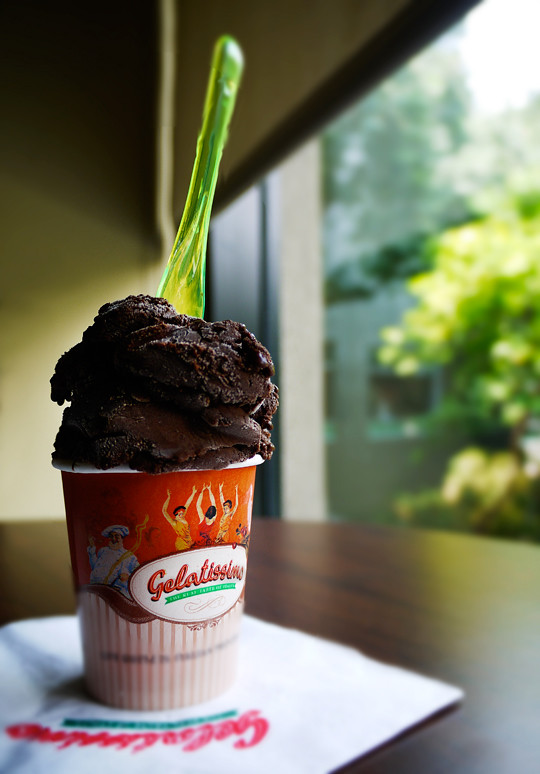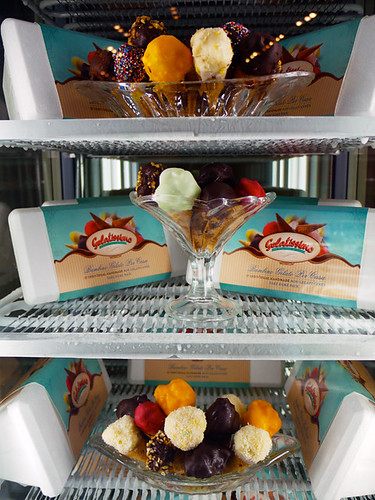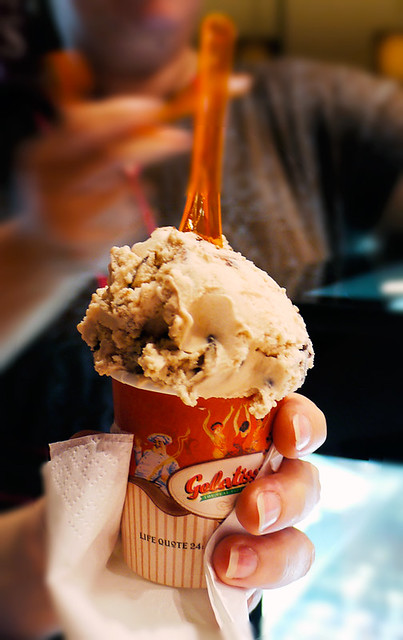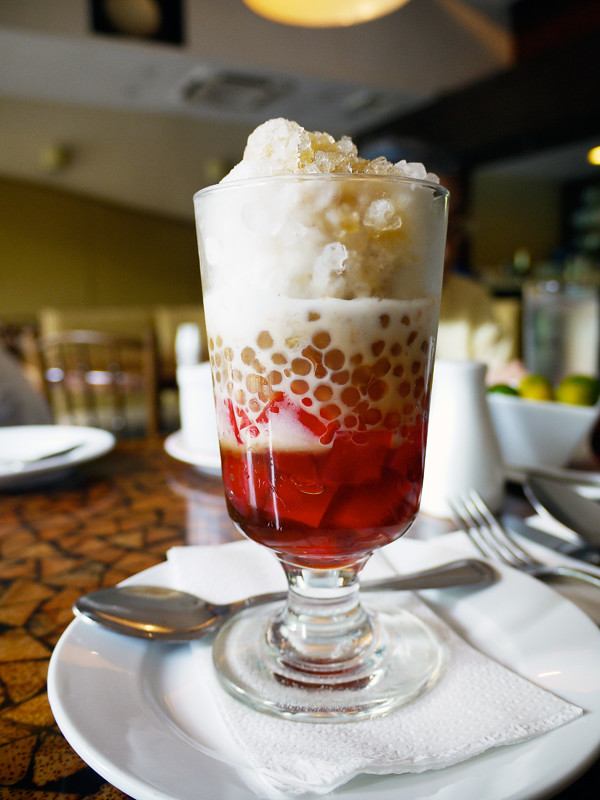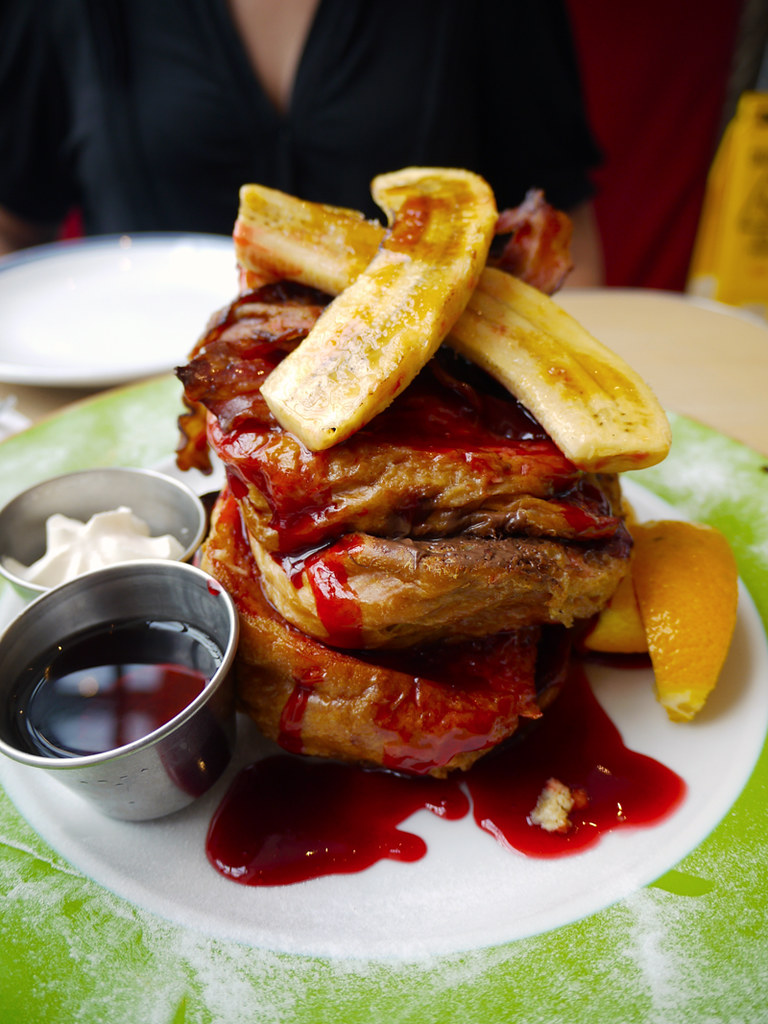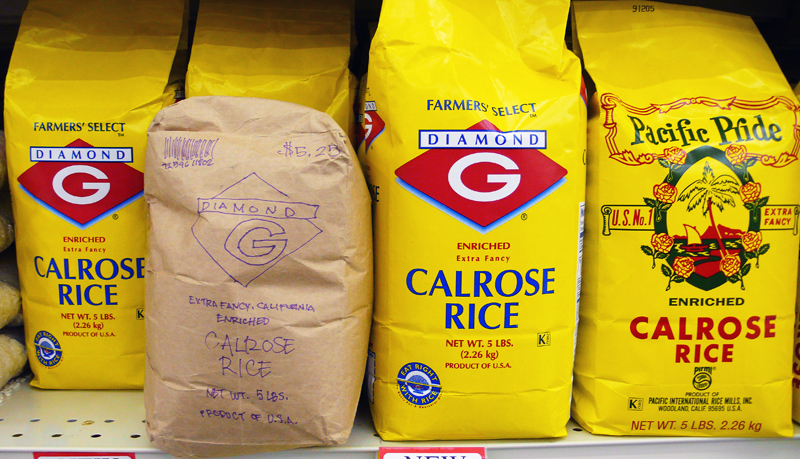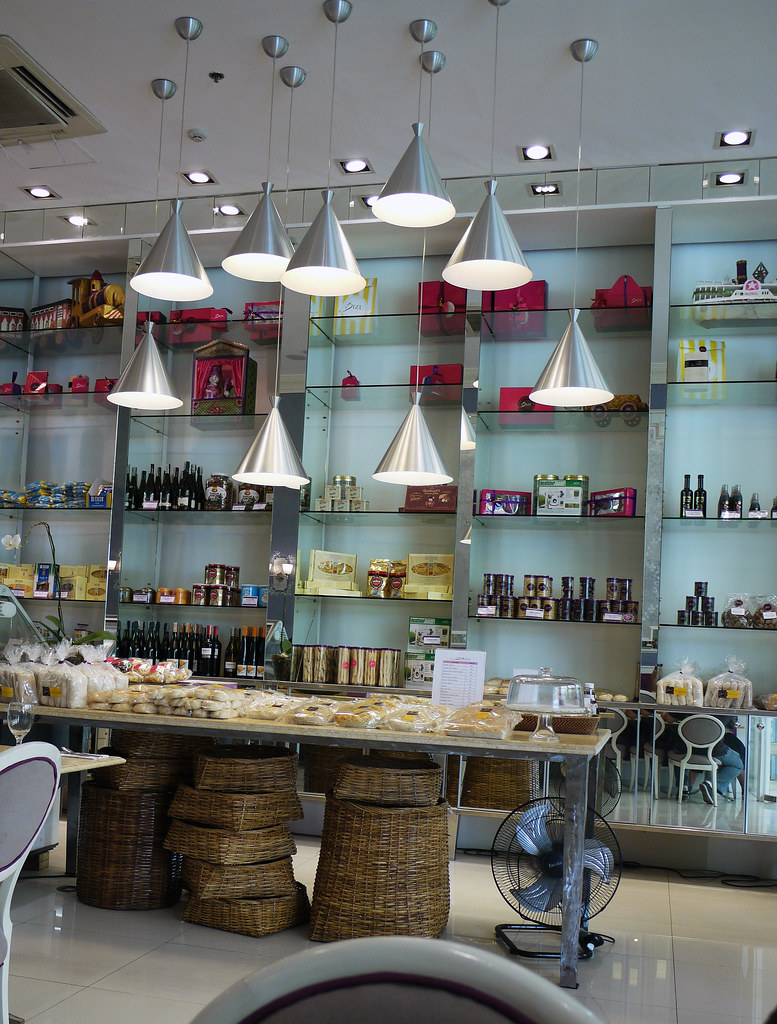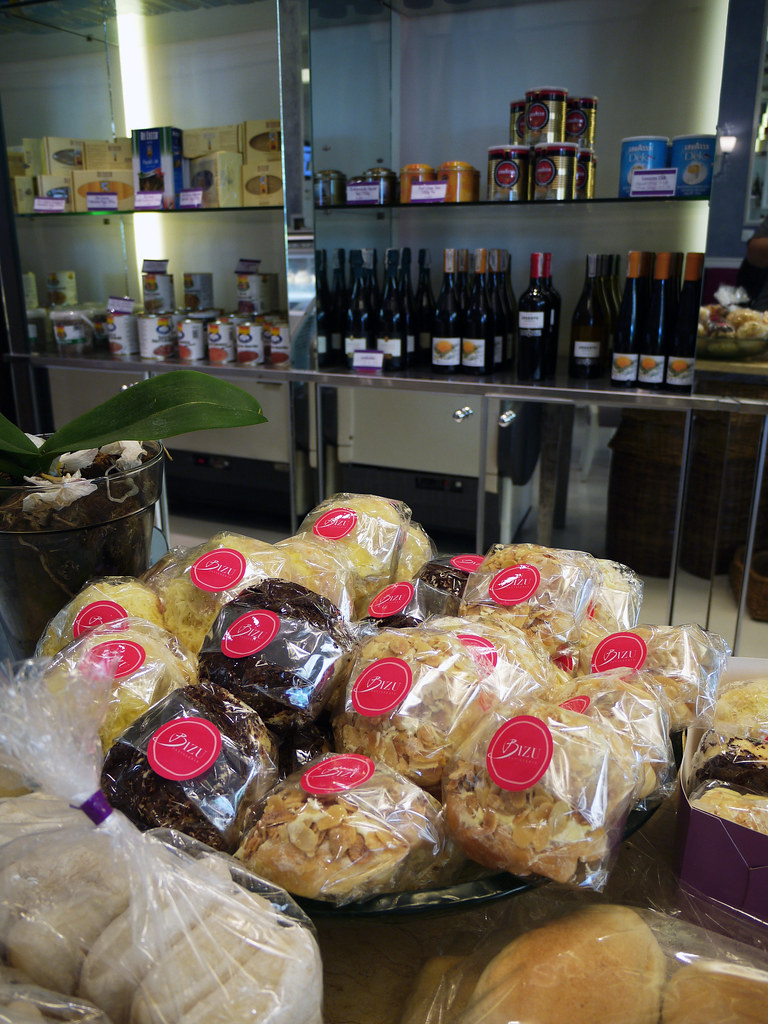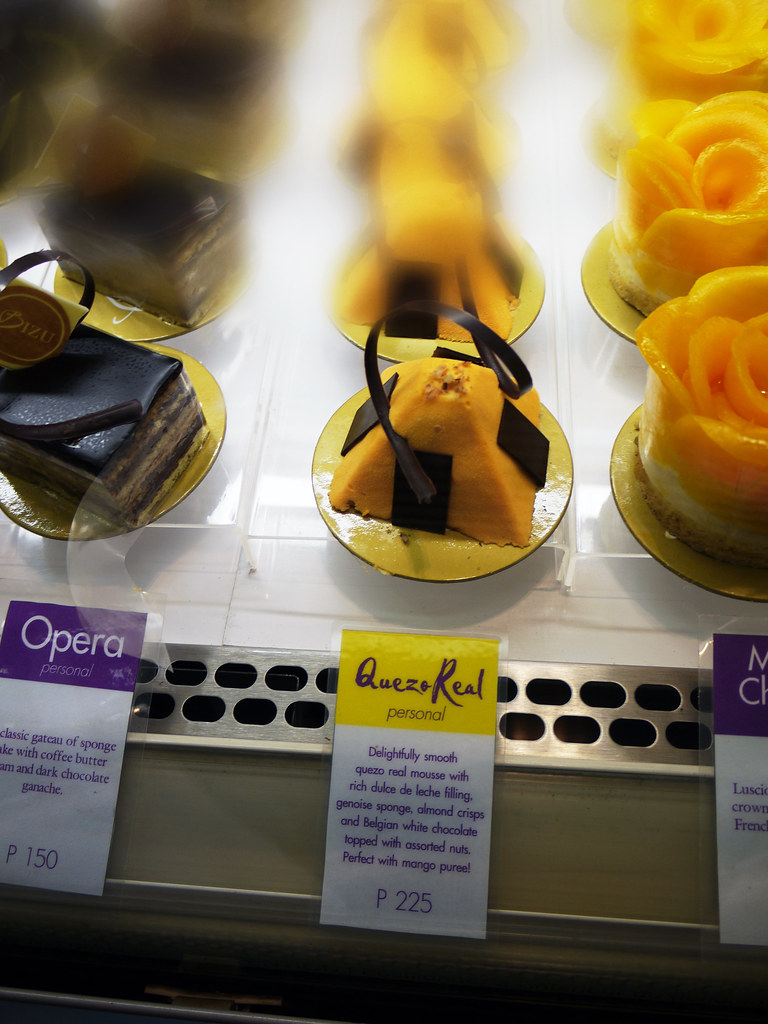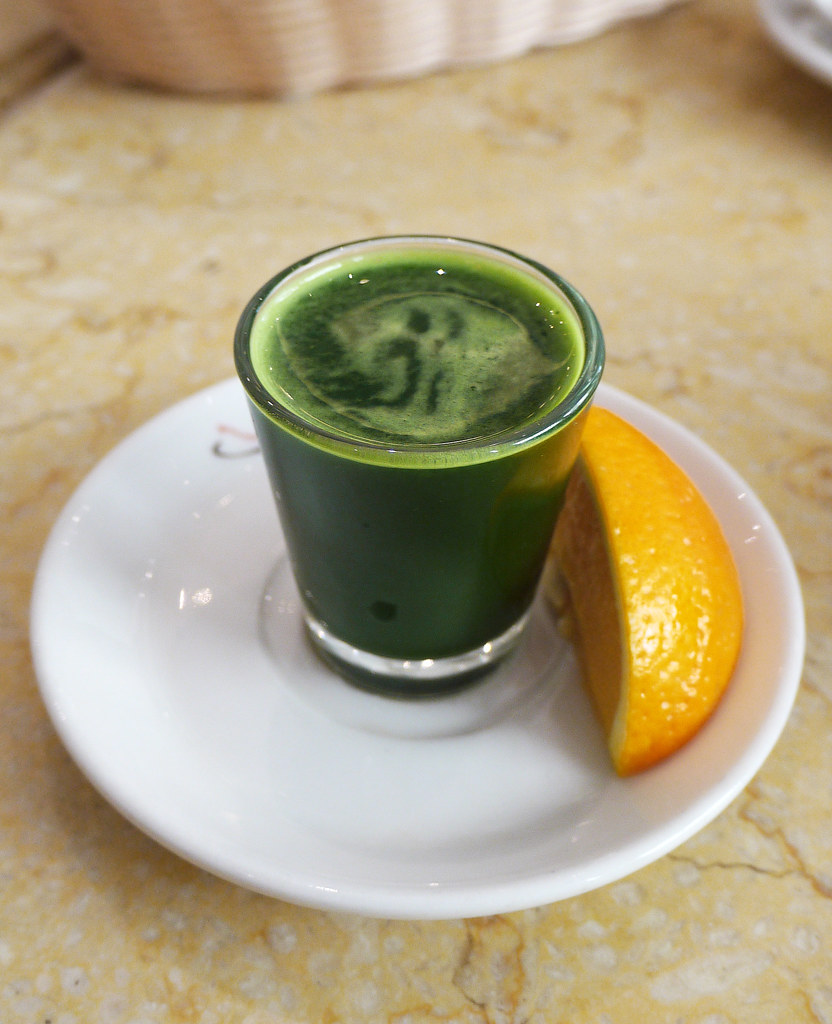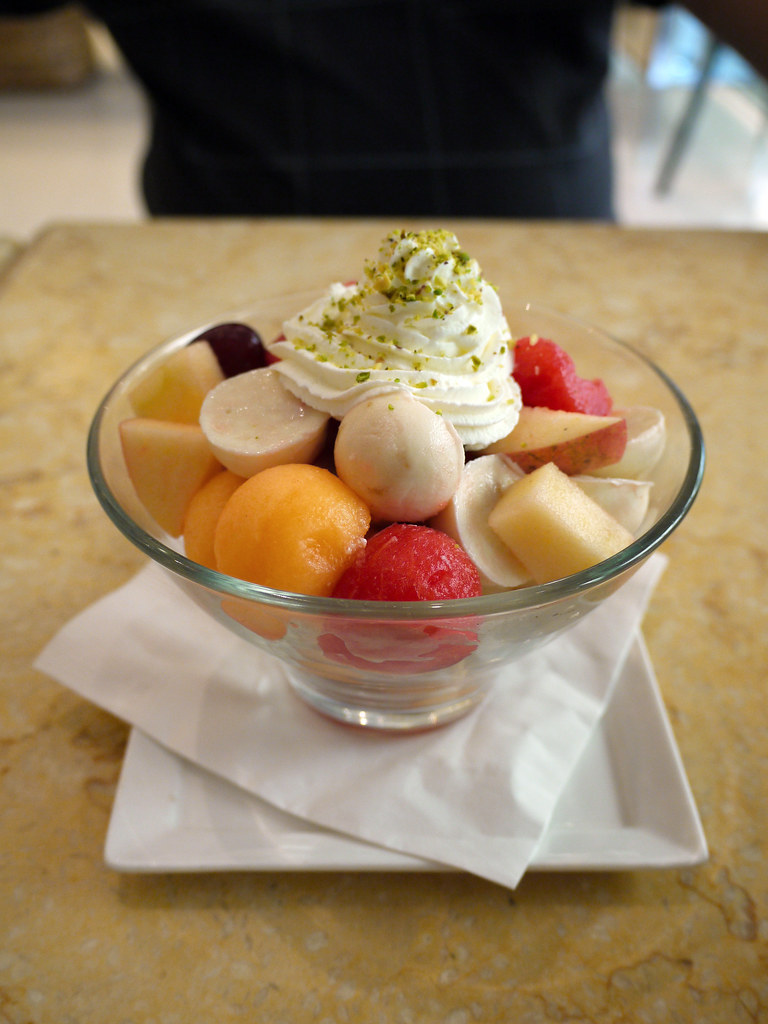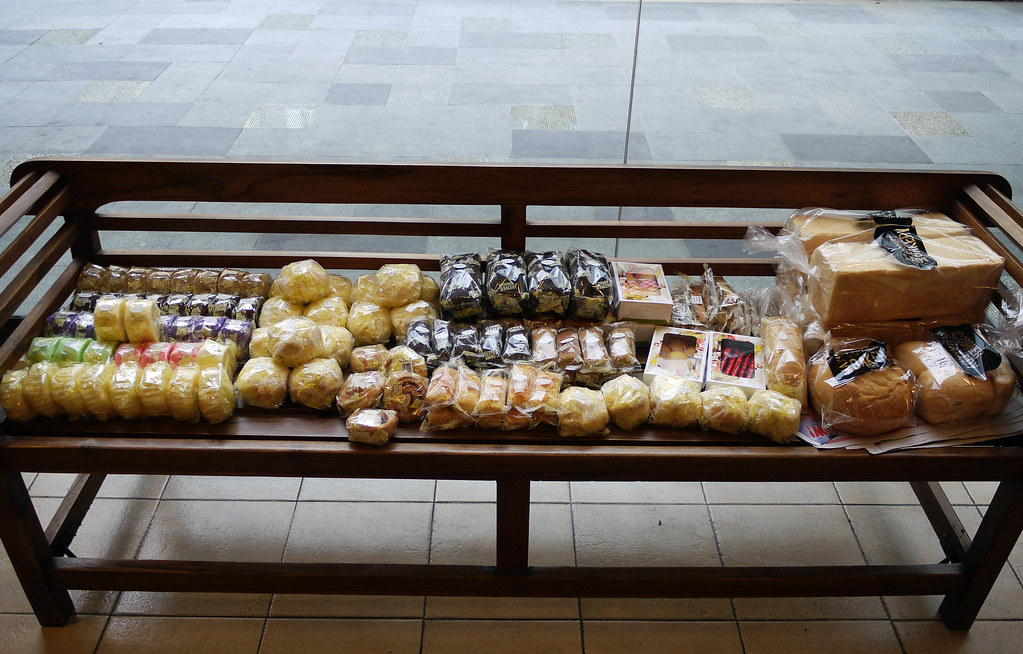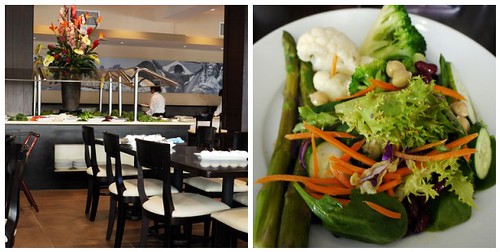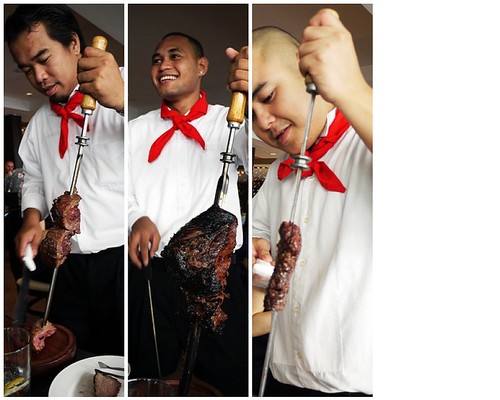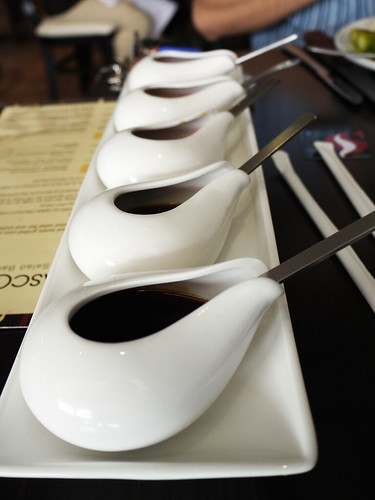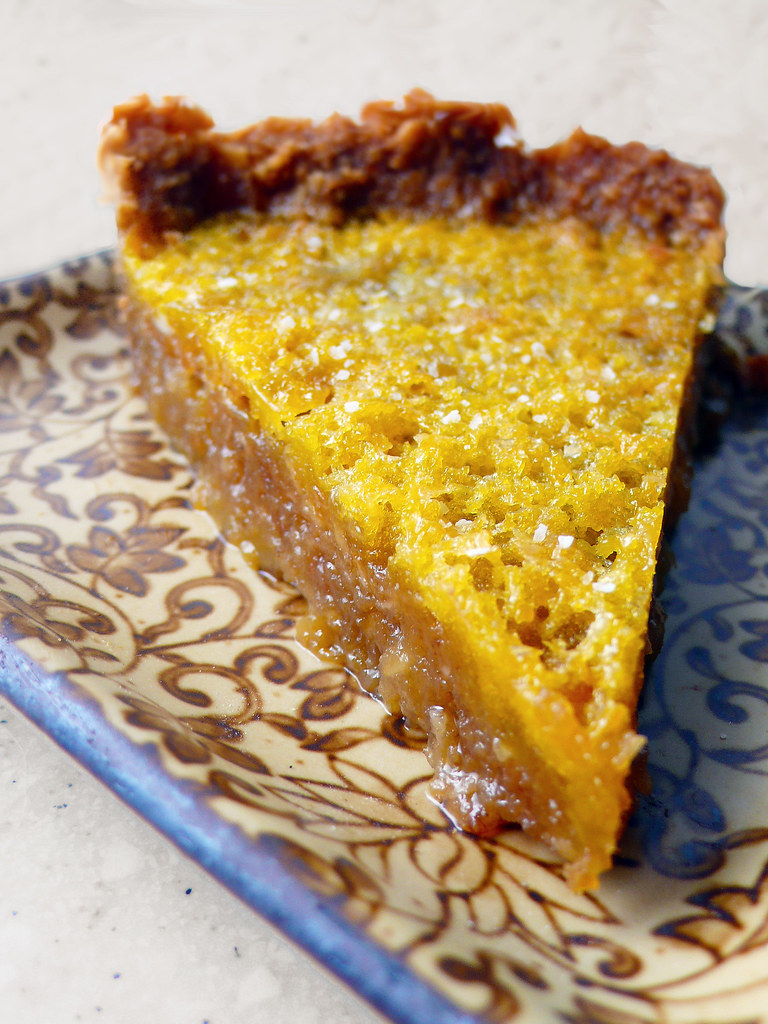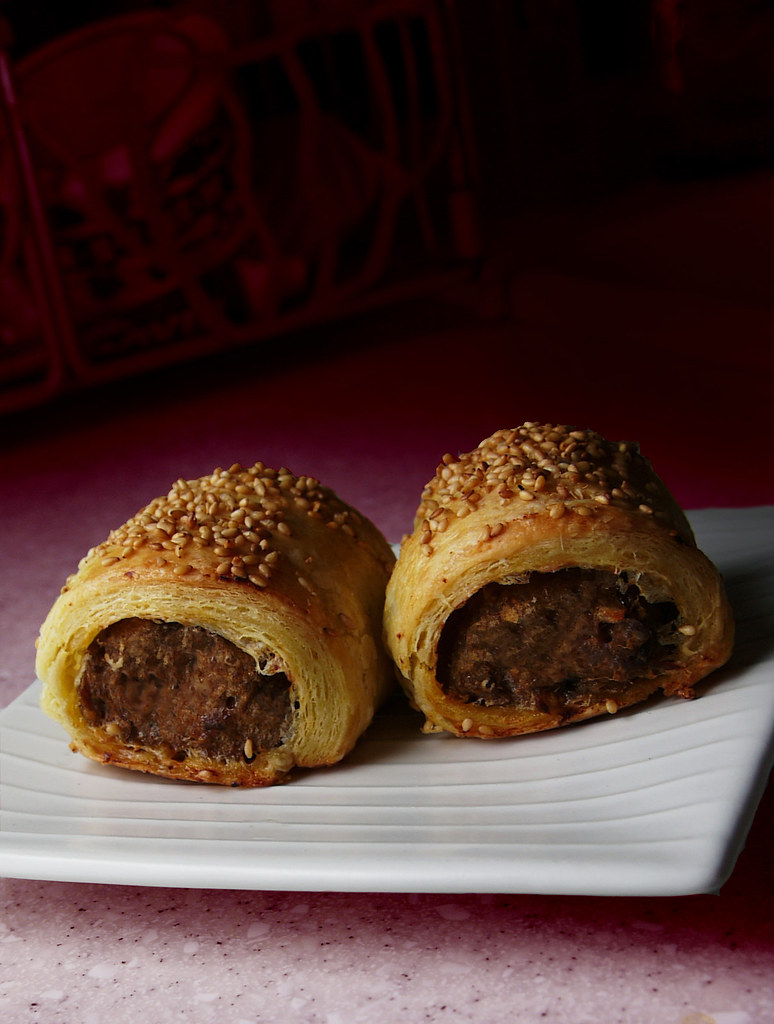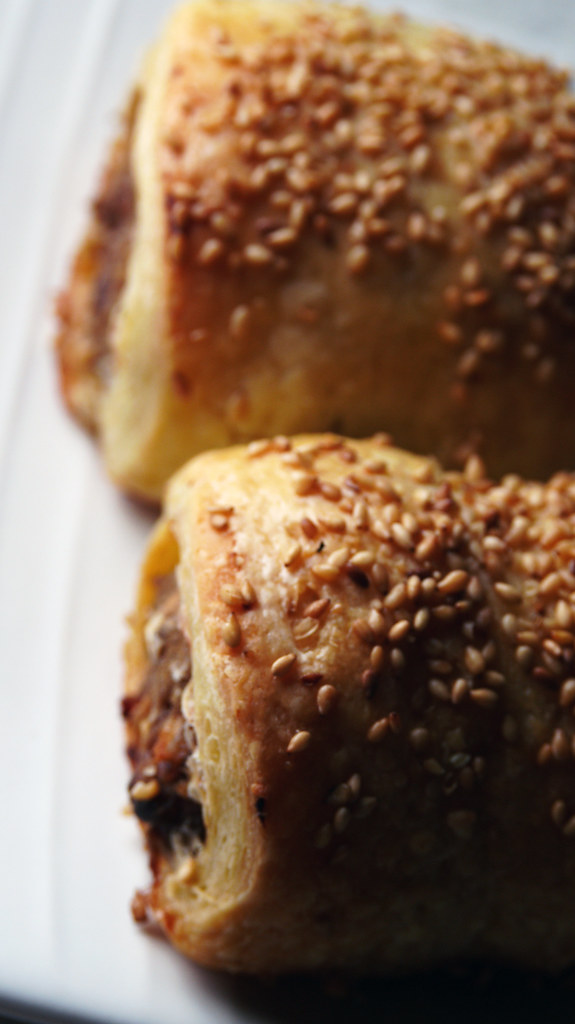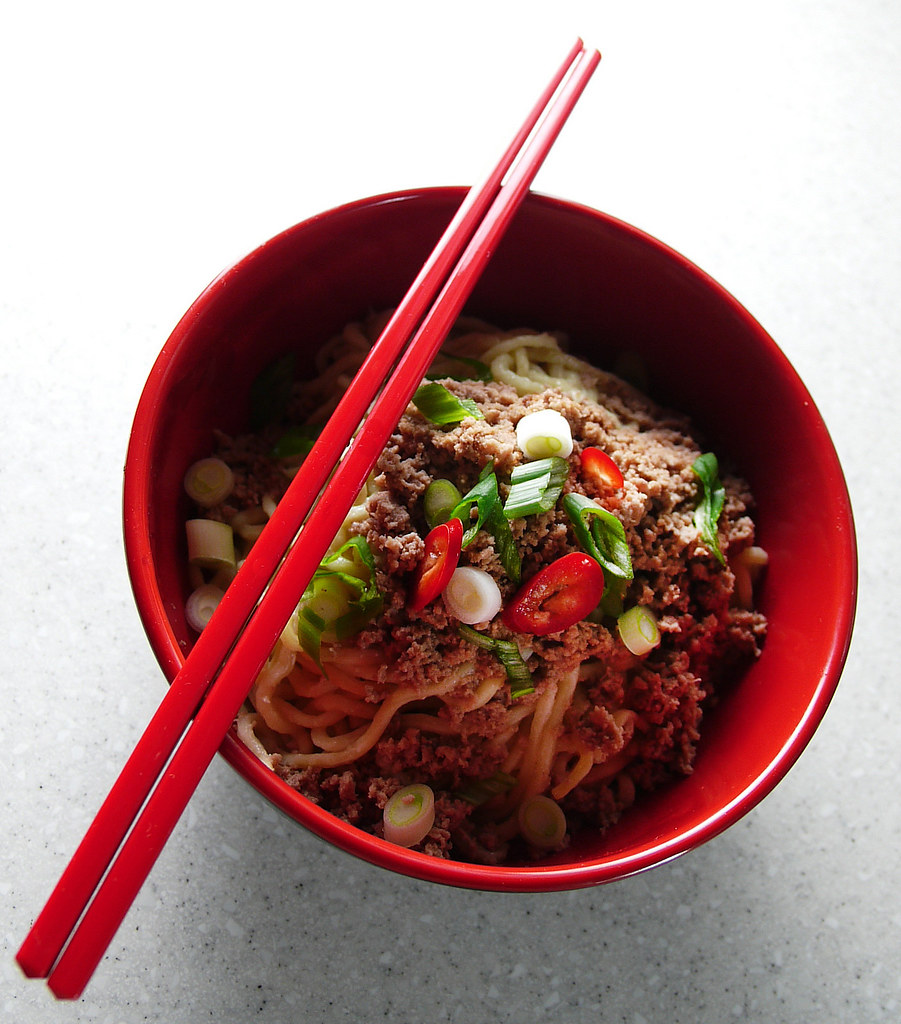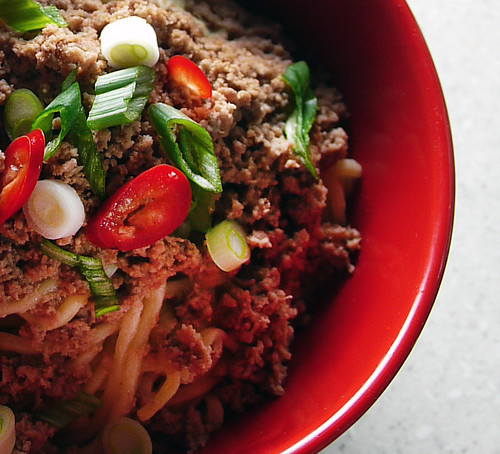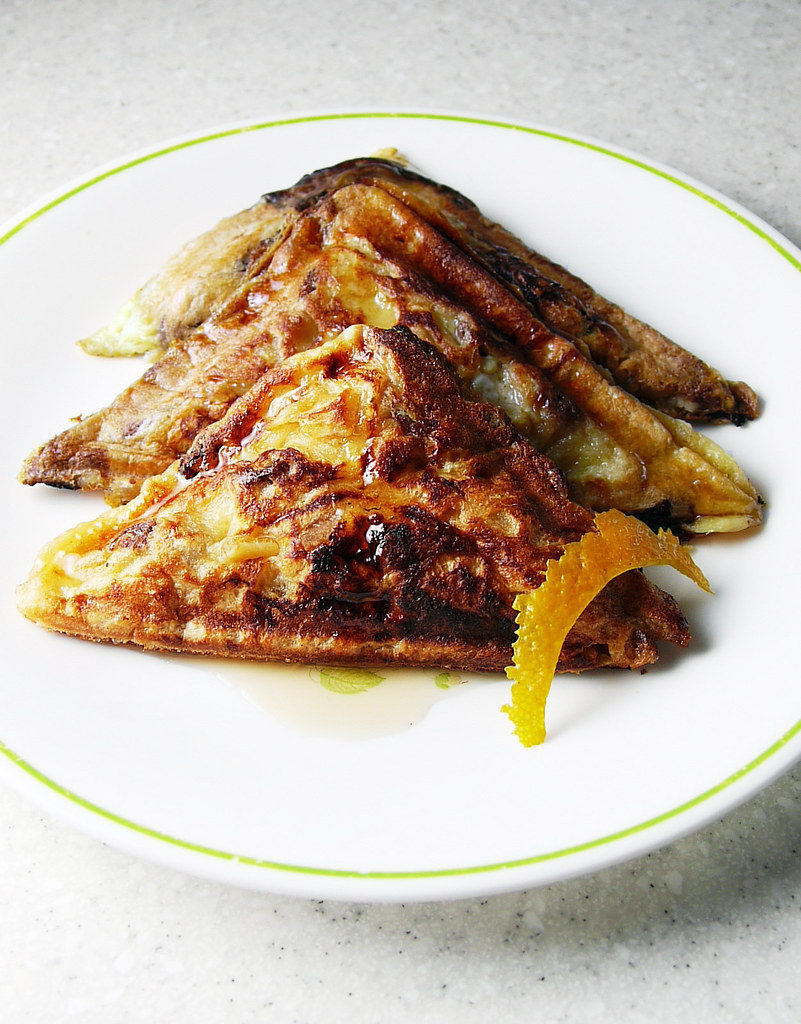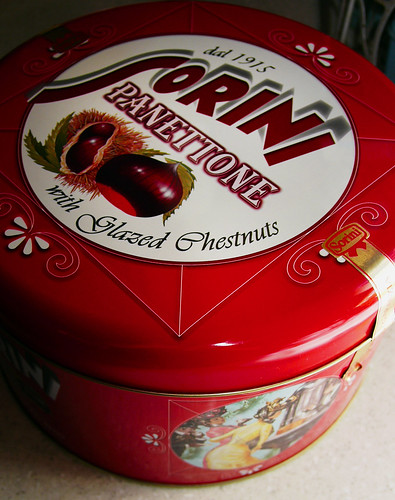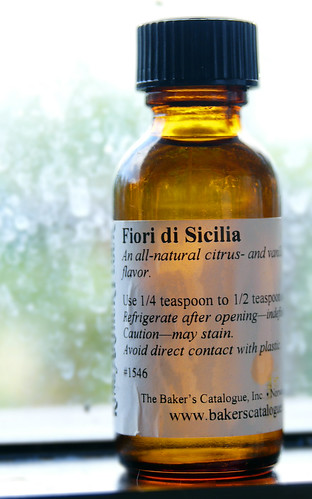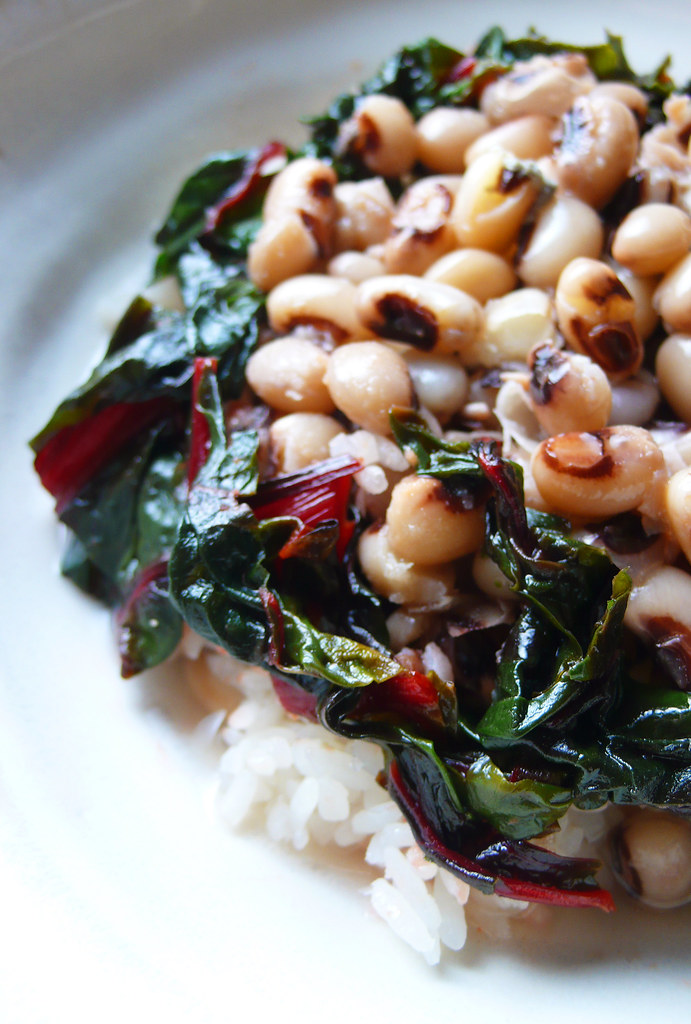(please excuse the poor quality of the photos!)
we were in the province a couple of weeks ago, and just as the sun had set, we heard a bell tinkling at the gate. it was a man on a bicycle, with bamboo baskets piled behind his seat. it was a traveling vendor from a neighbouring village, selling tinapa, or smoked fish. he and his wife work at home, preparing various fish that they procure from the wet market in the morning, or sometimes from their own nets. they work hard at this backyard tinapahan--the catch they get in the morning is more often than not smoked and sold by sundown.
making tinapa is slightly different from the traditional western style of smoking fish. the local method involves the fish being boiled in a brine first, then arranged on a bistay, or woven bamboo tray that is a signature of trade. they are dried in the sun before going through the smoking process; hardwood and sawdust is often used, and the smoking time usually around four to six hours.
we were in the province a couple of weeks ago, and just as the sun had set, we heard a bell tinkling at the gate. it was a man on a bicycle, with bamboo baskets piled behind his seat. it was a traveling vendor from a neighbouring village, selling tinapa, or smoked fish. he and his wife work at home, preparing various fish that they procure from the wet market in the morning, or sometimes from their own nets. they work hard at this backyard tinapahan--the catch they get in the morning is more often than not smoked and sold by sundown.
making tinapa is slightly different from the traditional western style of smoking fish. the local method involves the fish being boiled in a brine first, then arranged on a bistay, or woven bamboo tray that is a signature of trade. they are dried in the sun before going through the smoking process; hardwood and sawdust is often used, and the smoking time usually around four to six hours.
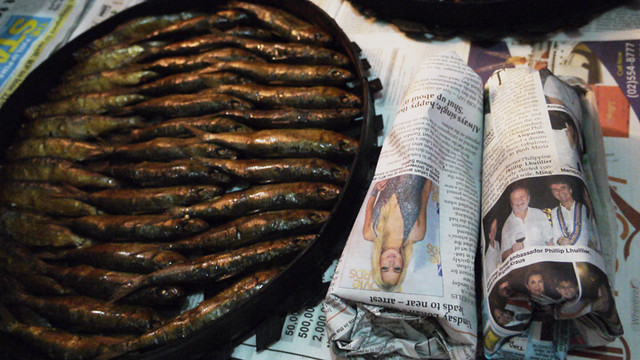
the fish were still warm by the time the vendor reached our house. he pulled out his inventory, carefully setting the bistays on newspaper he laid out on the ground before him. (unless there are some curious puppies, in which case, on a nearby table.) my aunt inspected them thoroughly, amiably chatting with the vendor, but also asking many questions about the provenance of the fish. he only had galunggong or mackerel scad left; it is a common fish, quite oily but tasty. it was once known as "the poor man's fish" in the philippines, but has gained quite a bit of popularity in the past decade and purportedly it now has to be imported from china to keep up with the demand. however, today's catch, he assured, came from local waters. my aunt remained a bit skeptical, but the fish were firm of flesh, plump, and the smoky aroma was irresistible. we bought out the rest of his supply, which he carefully wrapped in bundles of six, in half sheets of newspaper. amusingly, my little bundle was decorated with news of lindsay lohan. a little entertainment for the evening.
although tinapa are thoroughly cooked, most people fry the fish before serving. we don't; just a little time in the oven or microwave heats them through, without drying them out or diminishing the lush smokiness. served with a simple vinegar mixed with sliced shallots and a pile of rice suffices. nothin' poor about that.
although tinapa are thoroughly cooked, most people fry the fish before serving. we don't; just a little time in the oven or microwave heats them through, without drying them out or diminishing the lush smokiness. served with a simple vinegar mixed with sliced shallots and a pile of rice suffices. nothin' poor about that.


